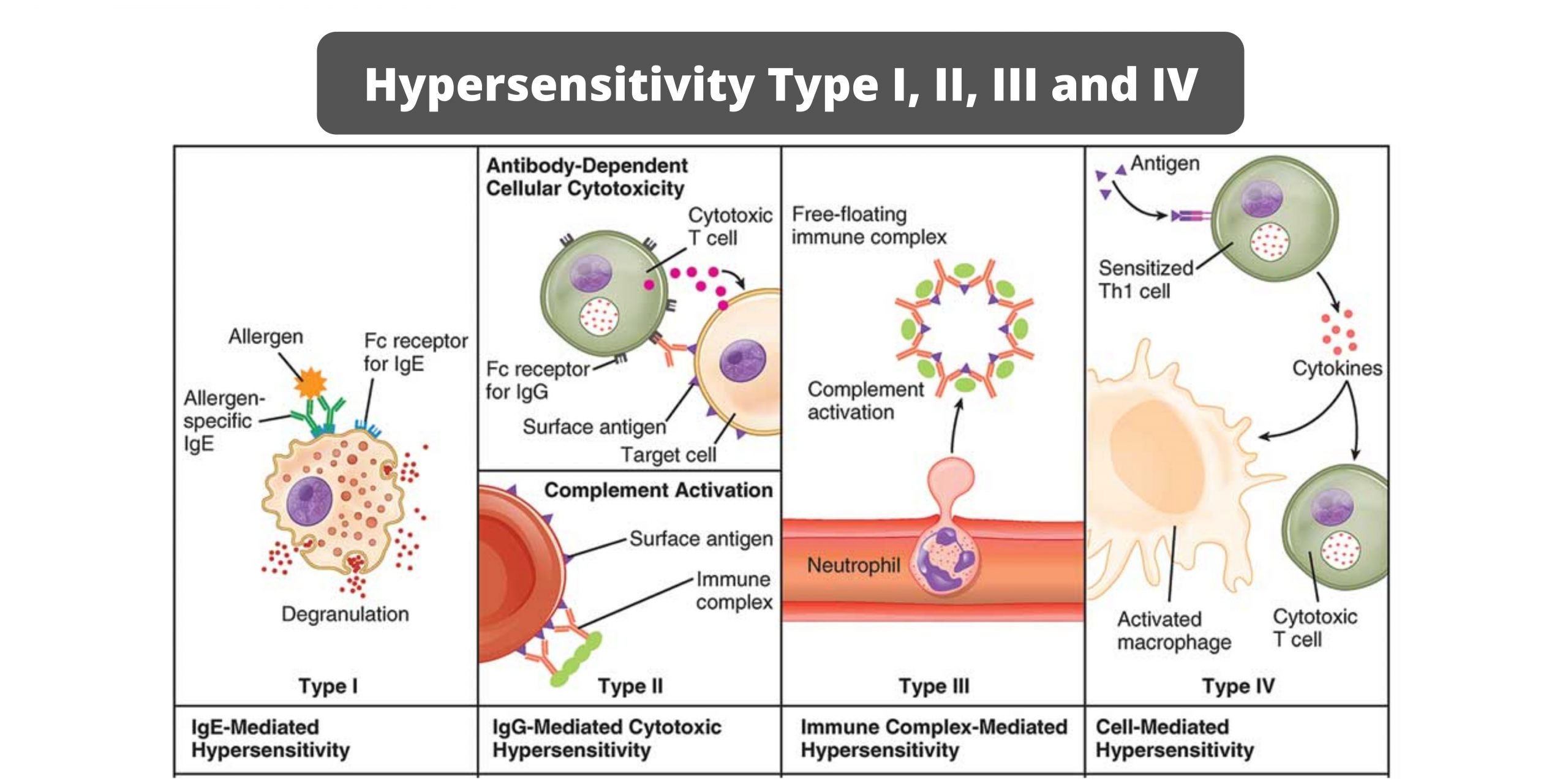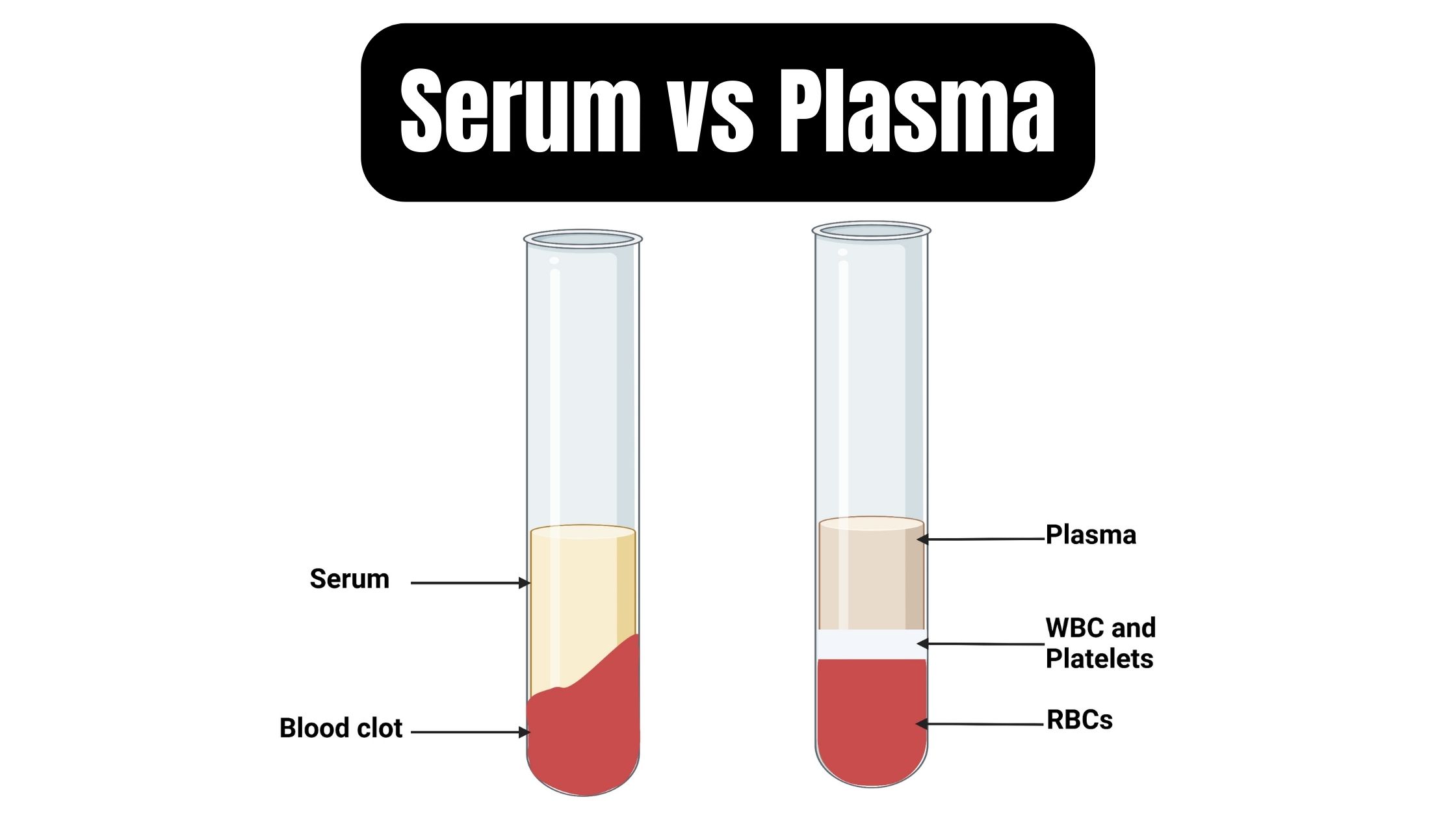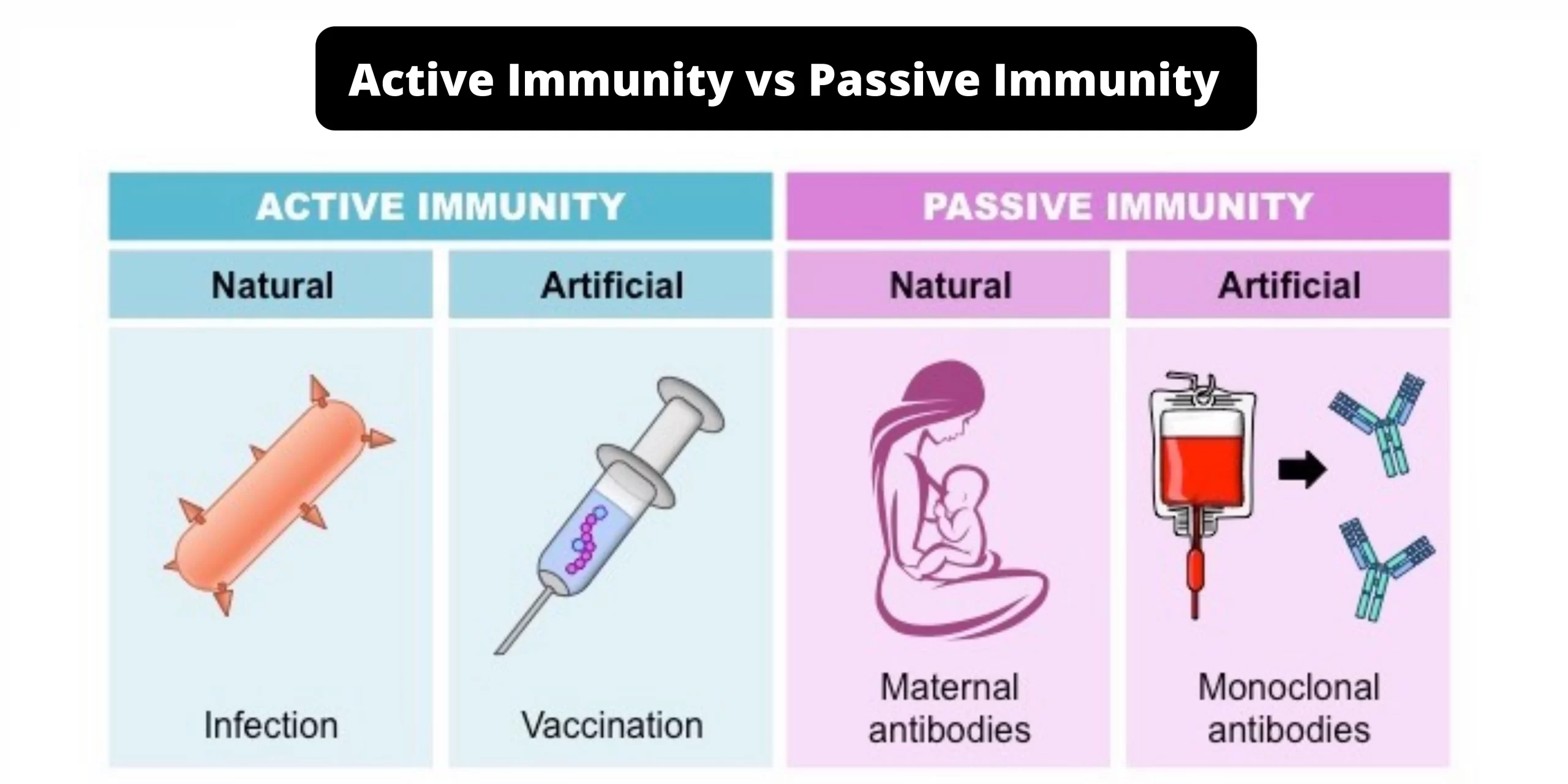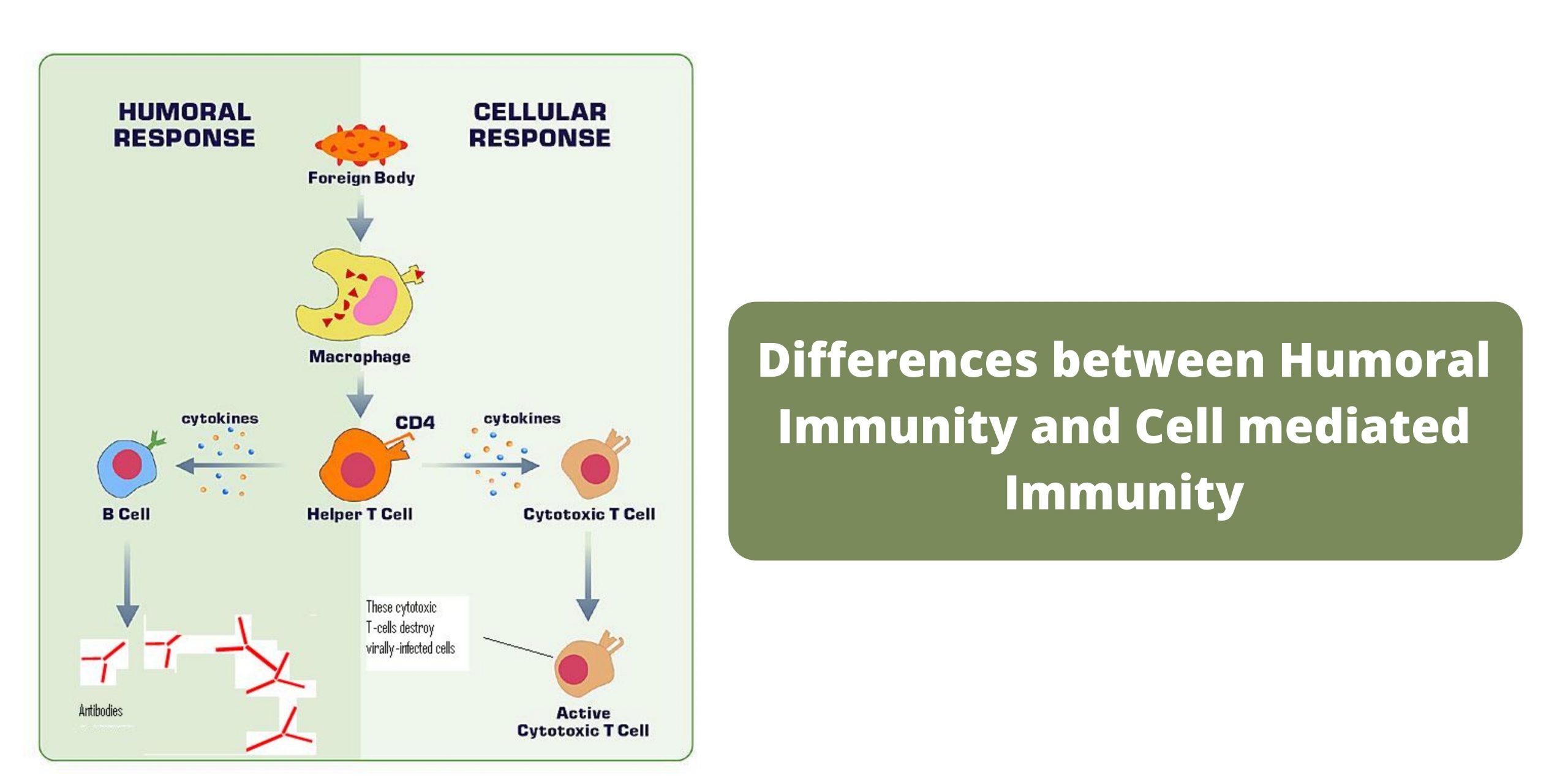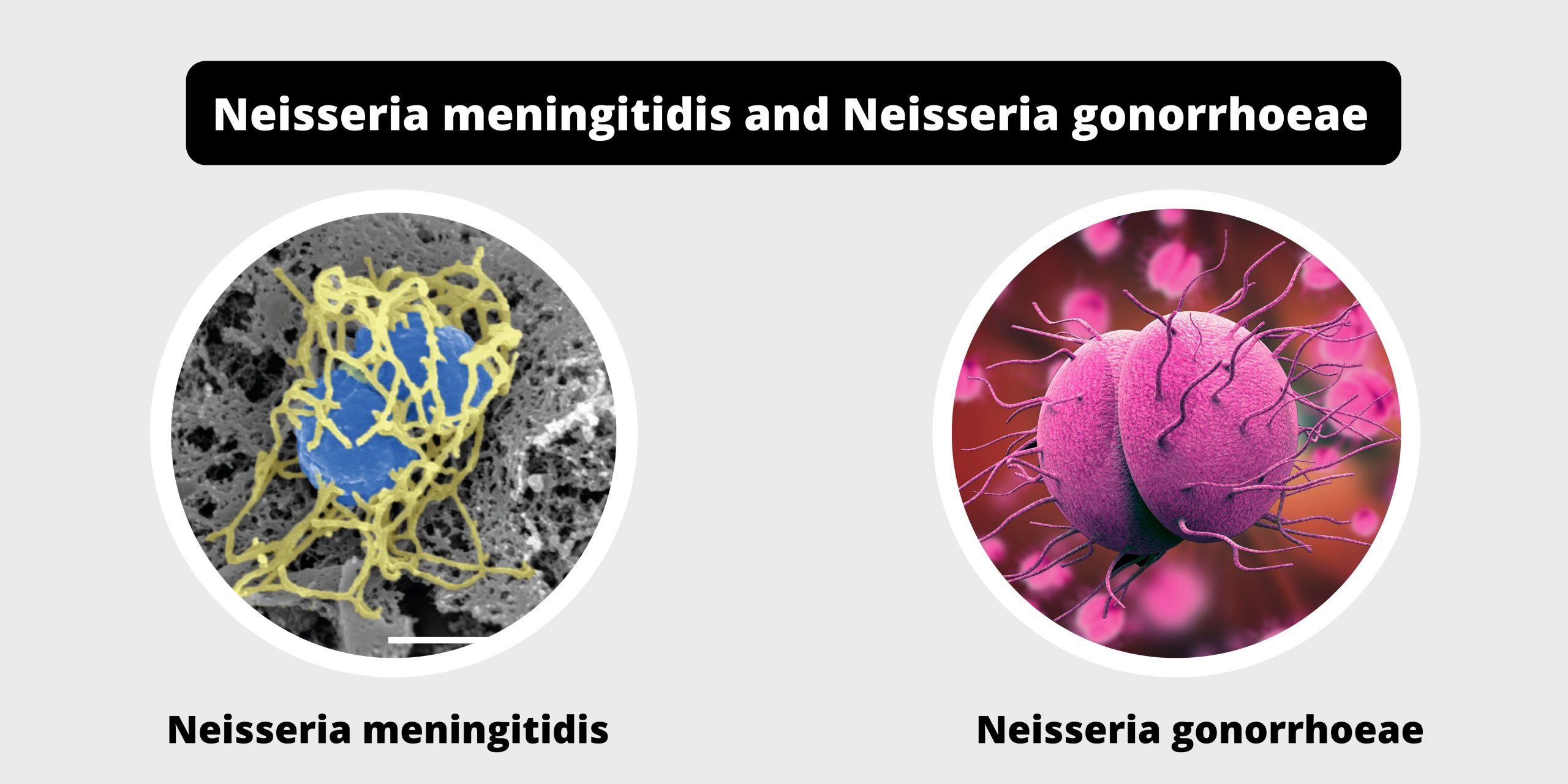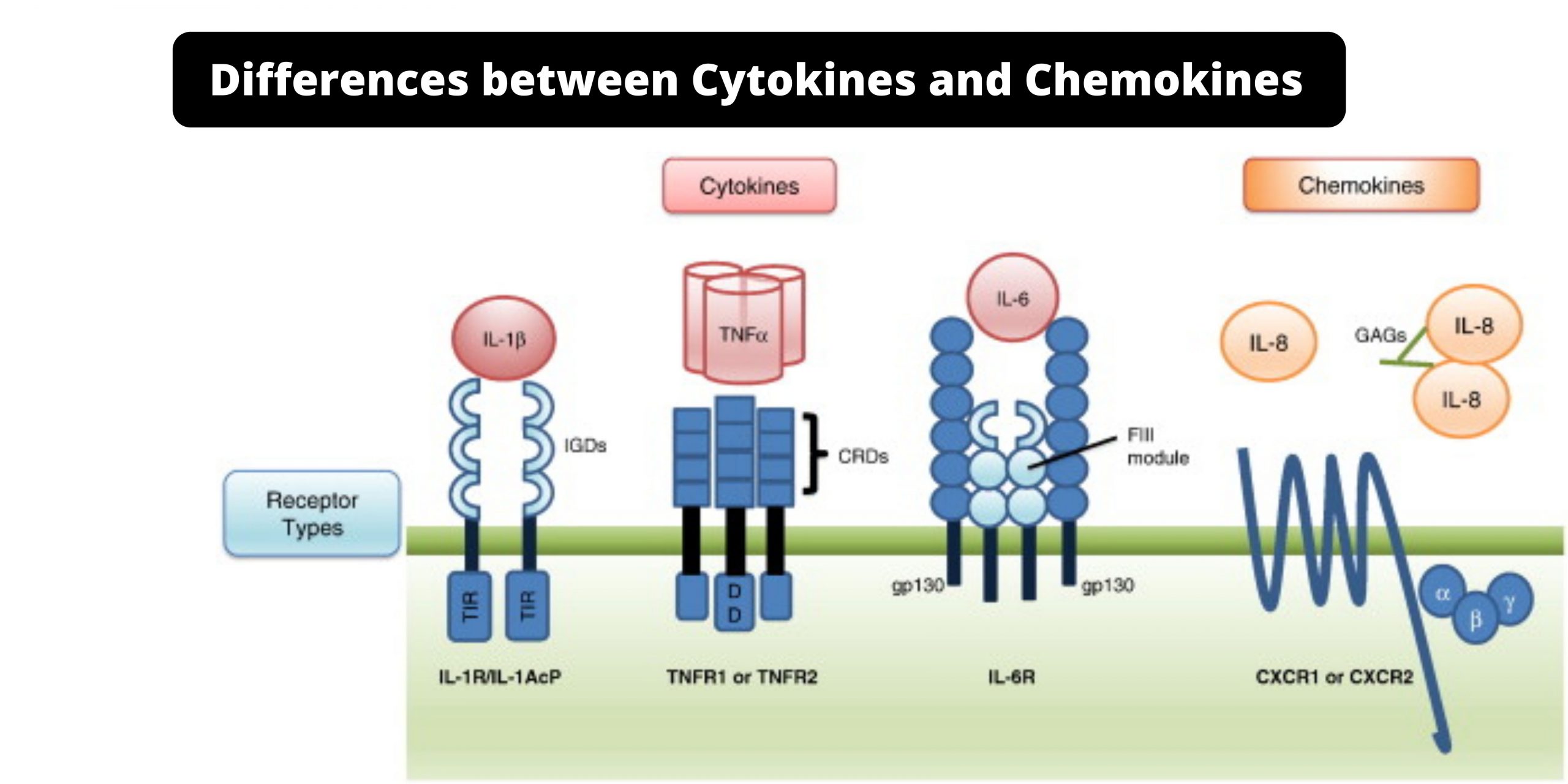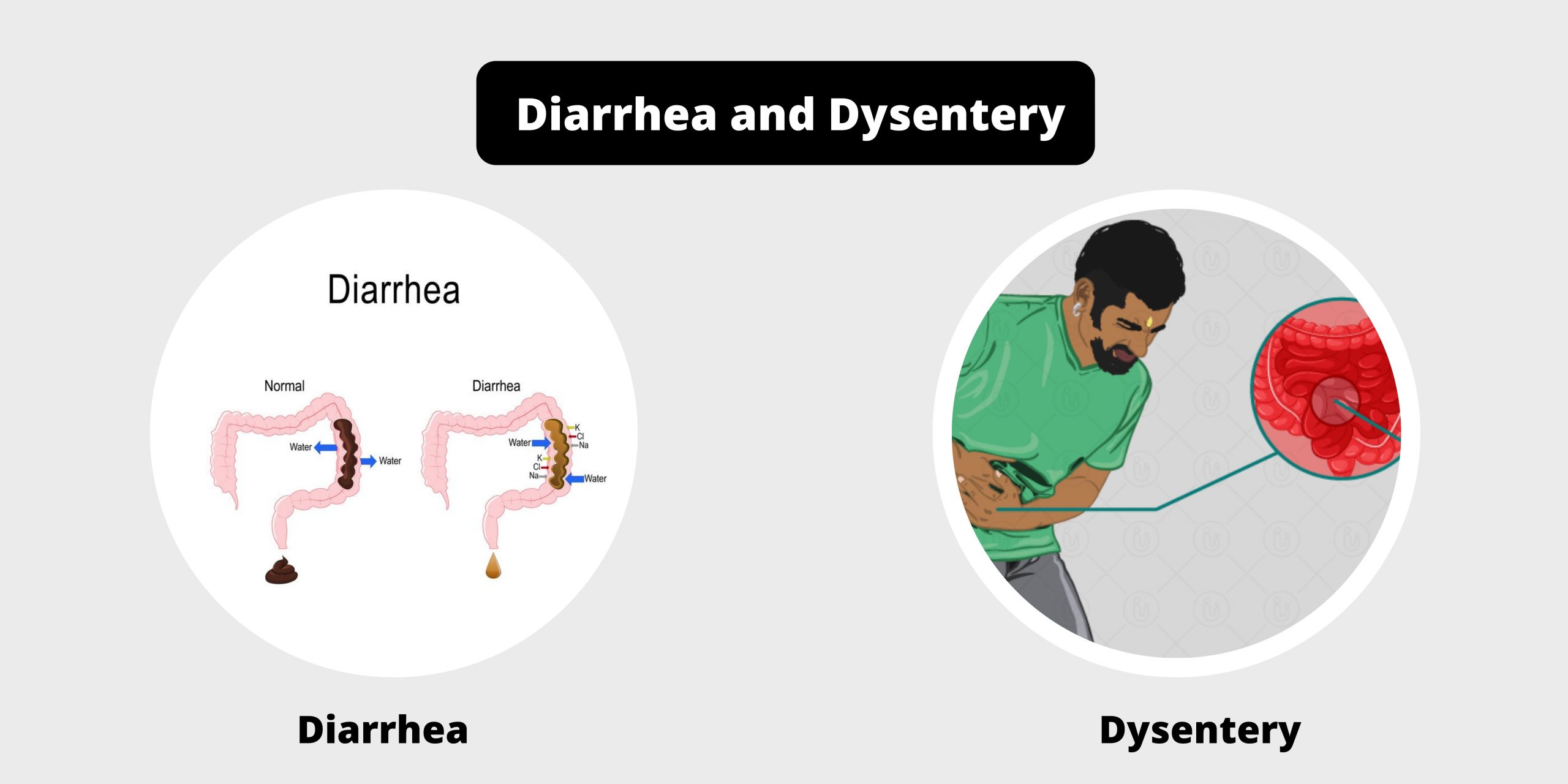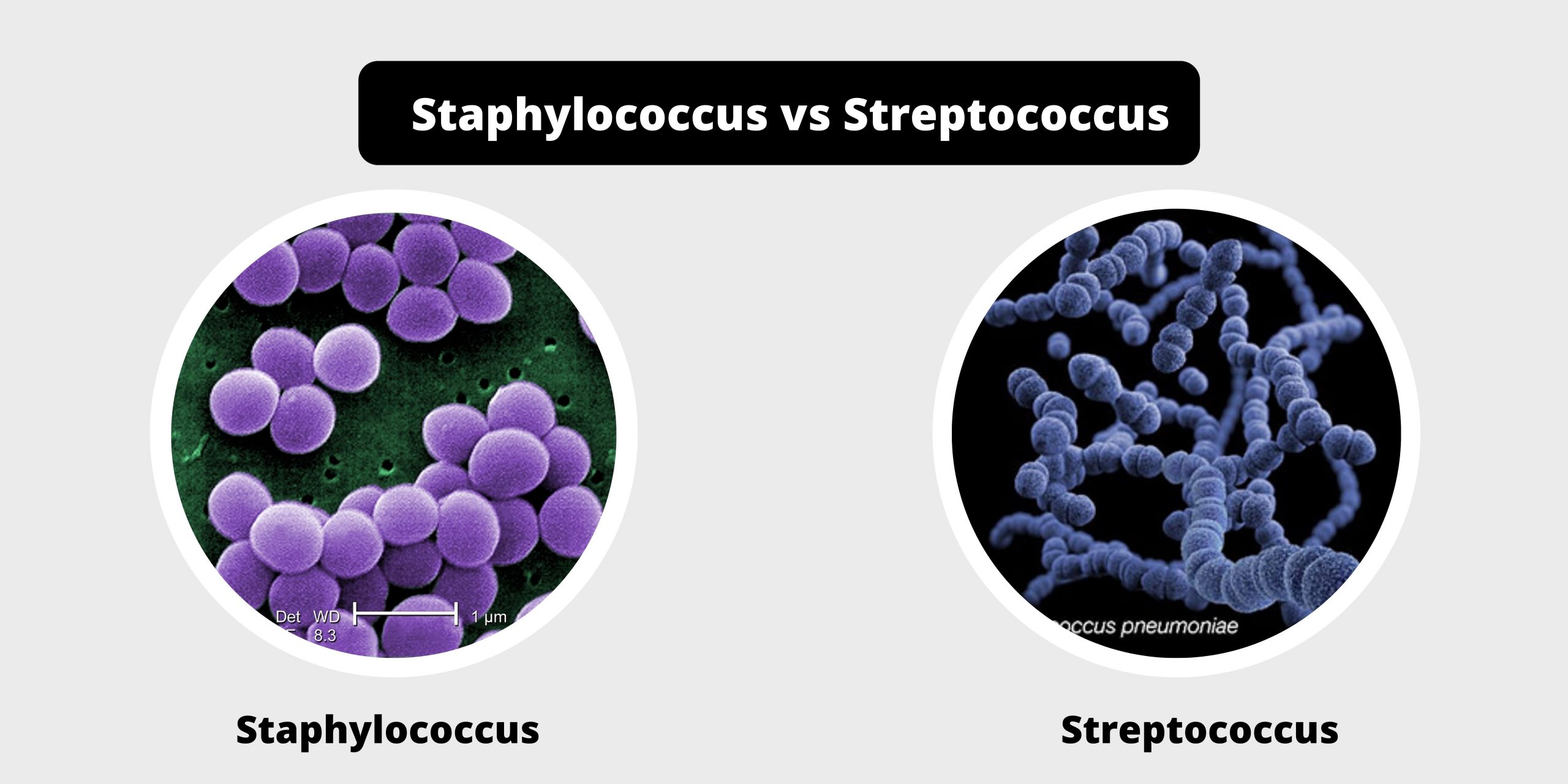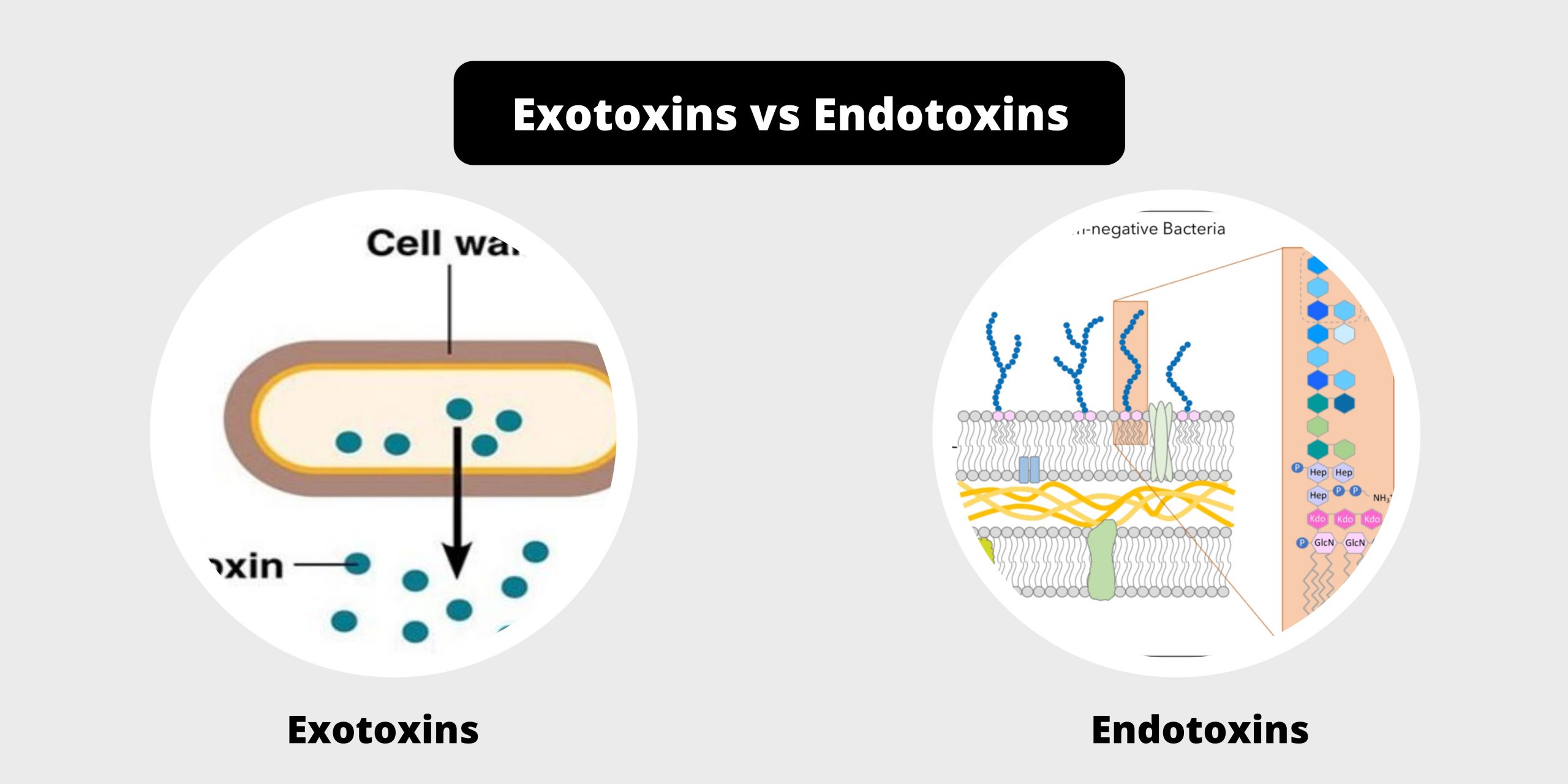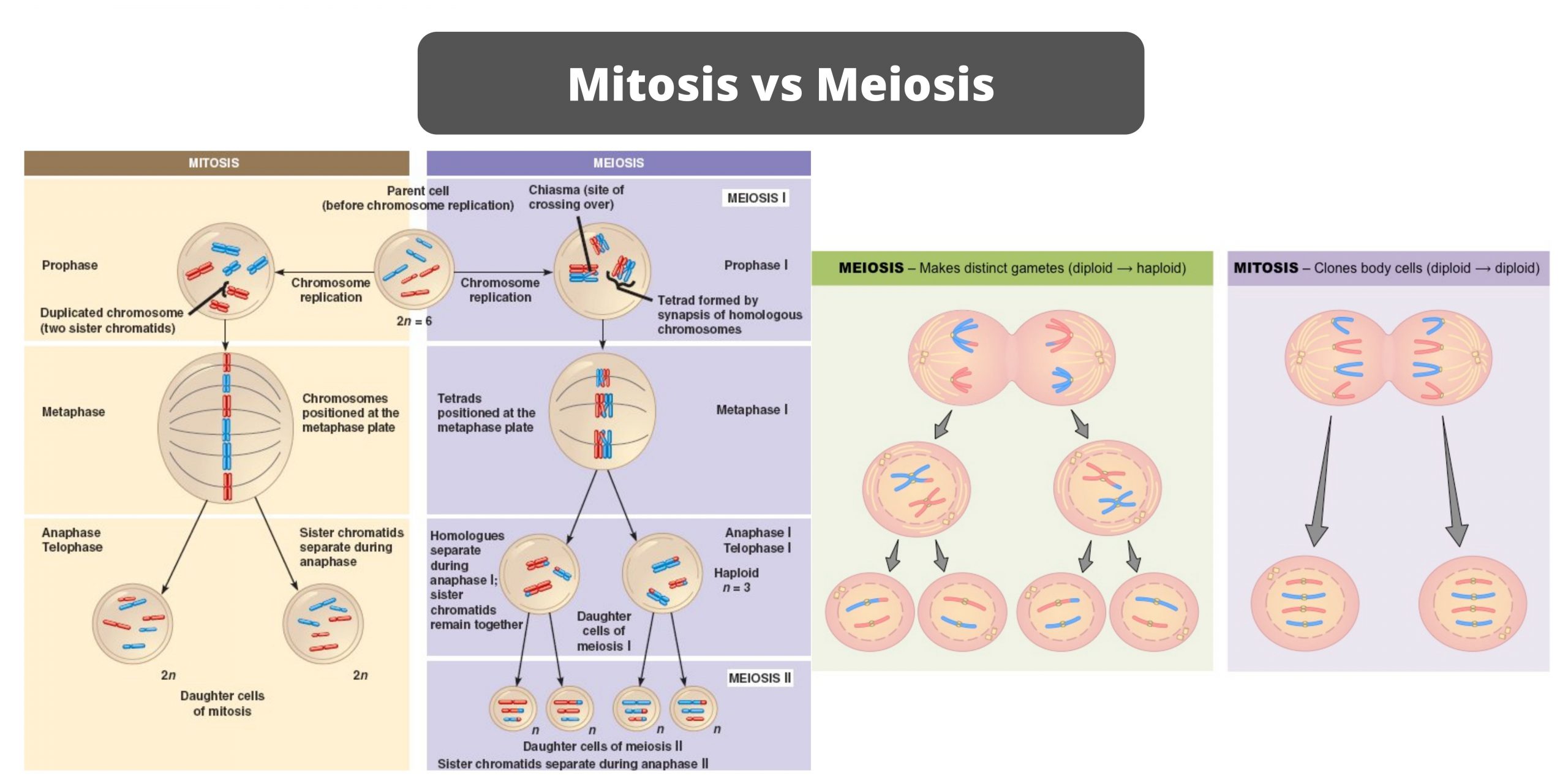Hypersensitivity Type I, II, III and IV- Summary in table form
Hypersensitivity (also known as hypersensitivity response or intolerance) is a term used to describe undesirable reactions that are caused by the immune system, which includes autoimmunity and allergies. These are typically called an overreaction of the immune system, and these reactions can be harmful and uncomfortable. It is an immunologic term , and should not be misinterpreted as a psychiatric term of being hypersensitive, which refers that a person is hypersensitive to physical (ie sounds, touch light, sound, etc.) or emotional stimuli. However, there is a link between the two , studies have demonstrated that with ADHD (a mental disorders) tend to experience hypersensitivity reactions, such as asthma, allergies, or eczema and more than people who don’t have ADHD.
